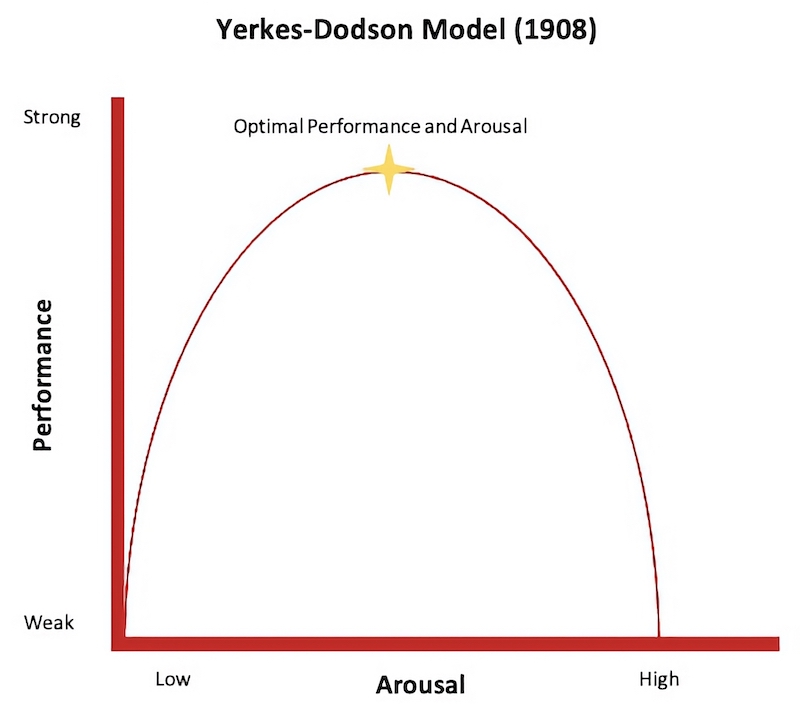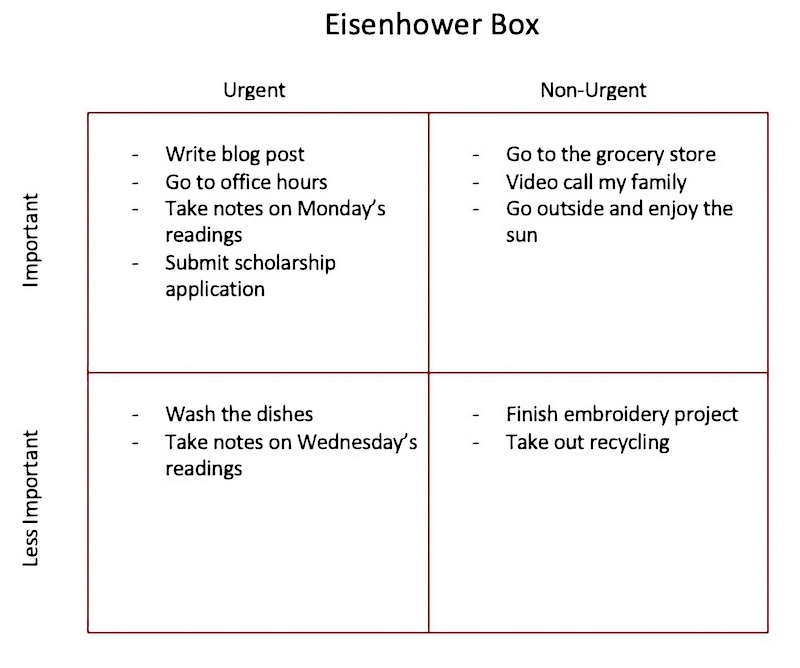Welcome to Procrastination Nation!

January 21, 2022
by Seth
Hi, my name is Seth, and I am a chronic procrastinator. If you know me at all, this is probably no shock to you, and if you don’t know me that well, please say hello to what should be my hamartia! While I’m laying all of my cards on the table, I should also confess that I’ve procrastinated writing this blog. To be clear, it’s not because I don’t want to write this blog or that I’m so busy that I have so many other things to take care of, it’s that I just live for a deadline. I’ll explain more on that in a sec, but first, we need to dig into the realities of procrastination first.
Procrastination is often only portrayed as this debilitating habit that we must overcome to become masters of time management and there is truth to this! I’m sure many of us are too familiar with procrastination that has been taken too far. Who can’t recall the time they cut things too close or ended up not showcasing our best work? This is a reality of procrastination, but it is not the only reality. Real-life is rarely this black and white and there are some theories to back this up! The Yerkes-Dodson Model (1908) details a quadratic relationship between arousal and performance where there is a range of optimality. Another way to talk about this in occupational therapy is a challenge-skill relationship where that optimal range results in a flow experience; one of complete immersion in the task at hand.

Here’s a visual of the Yerkes-Dodson Model! Everyone’s graph looks different depending on their own internal relationship to arousal and performance.
This is to say that eustress, or good stress, can improve the work you have just as much as the other ranges in this relationship can negatively impact your work. While operating under this perspective I have come to find that, for me, procrastination is less about time management and more about emotional management. Earlier I mentioned that I live for a deadline and this is why! I manufactured the perfect challenge for what I perceive to be my skill and viola! I finally get to the work at hand. By now you’re probably thinking, “This is great news, Seth! I feel so validated, but knowing this doesn’t change the feeling in my gut when I’m procrastinating.” And I’m right there with you, so here are some of the thing’s I’ve found that help me work through that feeling:
Using an Eisenhower Box
The strategy I always have in my back pocket and my first line of defense is the Eisenhower Box. This tool is essentially a way to organize tasks into four quadrants based on urgency and importance. Although I’ve found this is a great way to strategize, I always let my gut feeling play a role in the decision-making process, and I encourage you to do the same.

Here’s an example of my Eisenhower box at the moment! It’s constantly changing and even the tasks showed here can switch quadrants depending on when I re-evaluate my box.
Productive Procrastination
Maybe the best strategy I’ve used to generate enough stress to reach my optimal level is to productively procrastinate. This may mean tackling some of the more non-urgent and less important tasks in your Eisenhower box. This often manifests in cleaning your entire living area before starting your readings or just absolutely having to run that errand before writing that paper. This allows you to get other things done while slowly restricting the avenues you have to procrastinate. This leads me to my next point!
Removing Distractions
This is a natural extension of productive procrastination but goes beyond the things that are also on our to-do lists. I’m talking about our phones, the show we’re binge-watching, or the roommate who decided to invite company over right before that first big assignment is due. For me, this means putting my phone in some random drawer in the kitchen, sitting in a place that is not my bed, and either having absolute silence or music that drowns out whatever other noise is around. Take a look at the things that usually distract you and brainstorm ways to work around them.
Diaphragmatic Breathing
Whenever I think about this strategy, I laugh because breathing exercises have always ended up stressing me out more, but this one is a game-changer. Breathing from the abdomen (as opposed to the chest) is a quick way to elicit relaxation. It can release muscle tension, slow the heart rate, and lead to a hearty supply of oxygen to the blood. Try breathing from your chest and then your abdomen, then take note of any difference. If you’re procrastinating and find yourself starting to breathe from the chest, switch the style up.
Knowing Yourself and the Resources Available
I gave a couple of suggestions that have worked for me, but what it all comes down to is knowing yourself! Reflect on how long things have taken you before, your performance on these tasks, and what strategies work for you in managing your stress and procrastination. If you’re trying to find your optimal performance-arousal range, take note of the stress signs that start manifesting for yourself. Figure out when you’re most productive and take advantage of that time (but don’t be afraid to dedicate it to more meaningful occupations too). If you need some help, don’t be afraid to ask! The USC Kortschak Center, an occupational therapy collaborative resource center, has plenty of strategies and consultations that can get you on the best path for you.
Don’t get me wrong, I am not necessarily endorsing procrastination. All, some, or none of this may resonate with you, but I hope that it encourages you to reflect on your procrastination habits. As we head into the third week of the spring semester, I invite everyone to give themselves a little more grace around their habits. Coming around to see that there can be ambivalence around procrastination is a great step in making positive change. It helps us shift the narrative from thinking “I should stop procrastinating” to “I could do XYZ” to make that change more manageable, intentional, and personalized. So get out there and make the change, or put it off until tomorrow! Either way, I hope you’ve enjoyed your stay in Procrastination Nation.
⋯
Next by tag Classes ⟩ Life Hacks ⟩
⋯





